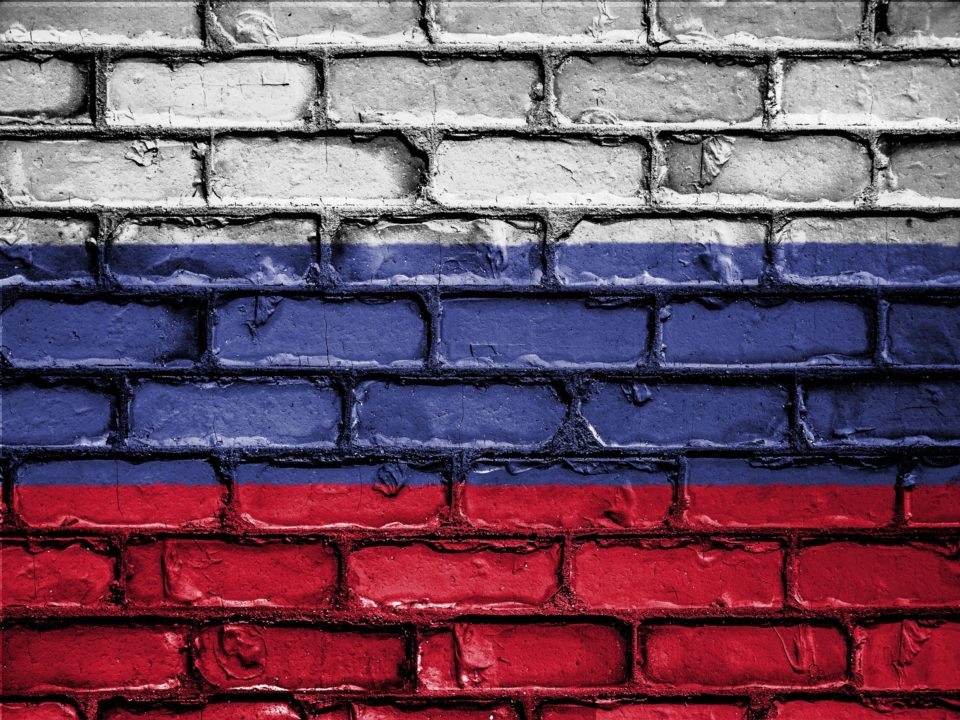Running website RunRepeat has compiled more than 24,000 track and field results to come to some data-based conclusions on Russian doping.
The site has published the data in two separate stories by Jovana Subic, one titled “Is Russian Doping What It Appears To Be?” and a second titled “Was Doping Worth It?” You can follow those links to see the stories in full.
While the data is entirely in the sport of track & field, the issue spans multiple sports, including swimming. Russia has been under fire for years over a state-sponsored doping program. Law professor Richard McLaren led a World Anti-Doping Agency (WADA) investigation, writing two 2016 reports known as the McLaren Reports.
More recently, WADA banned Russia from the 2020 Olympics – though Russian athletes will still be able to compete under some circumstances. While the nation of Russia (including its flag and national anthem) are not allowed to compete at the Games, Russian athletes can still compete under a neutral banner, as long as they were not implicated in the McLaren Report.
A few key findings from the RunRepeat research:
- 2004 marked a turning point in Russian performances, according to the data. From 1993 to 2004, 71% of Russian track & field athletes saw relative improvements in their performances over time. But from 2004 to 2019, 76% of Russian track and field athletes saw their performances getting worse.
- In total, 2013 was the worst year for “disqualified” results, or results that were later wiped out due to a doping suspension. The report included about 774 track & field performances from the year 2013, with 182 of those eventually being disqualified.
- Only 5.6% of athletes had their personal best performance disqualified for doping.
- Women saw many more disqualified performances than men did. Across the running data, 66 of 198 women were banned at some point, while just 26 of 156 men took a ban. The follow-up report suggests that 6.7% of women had their personal-best result disqualified, compared to 3.7% of men.
